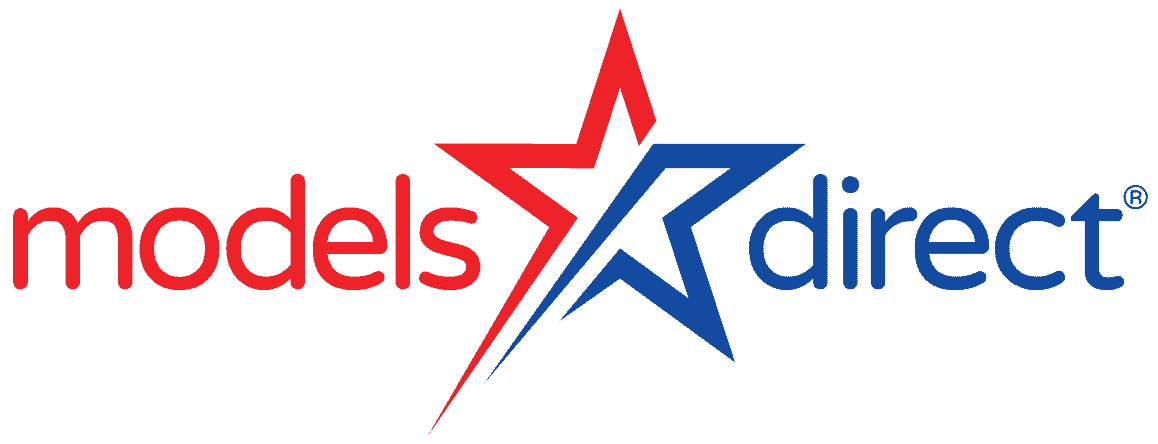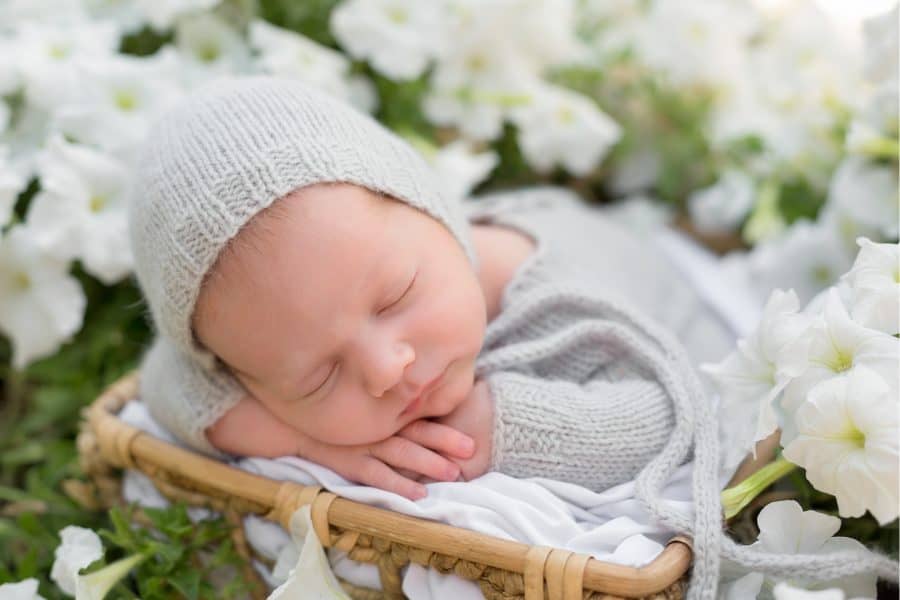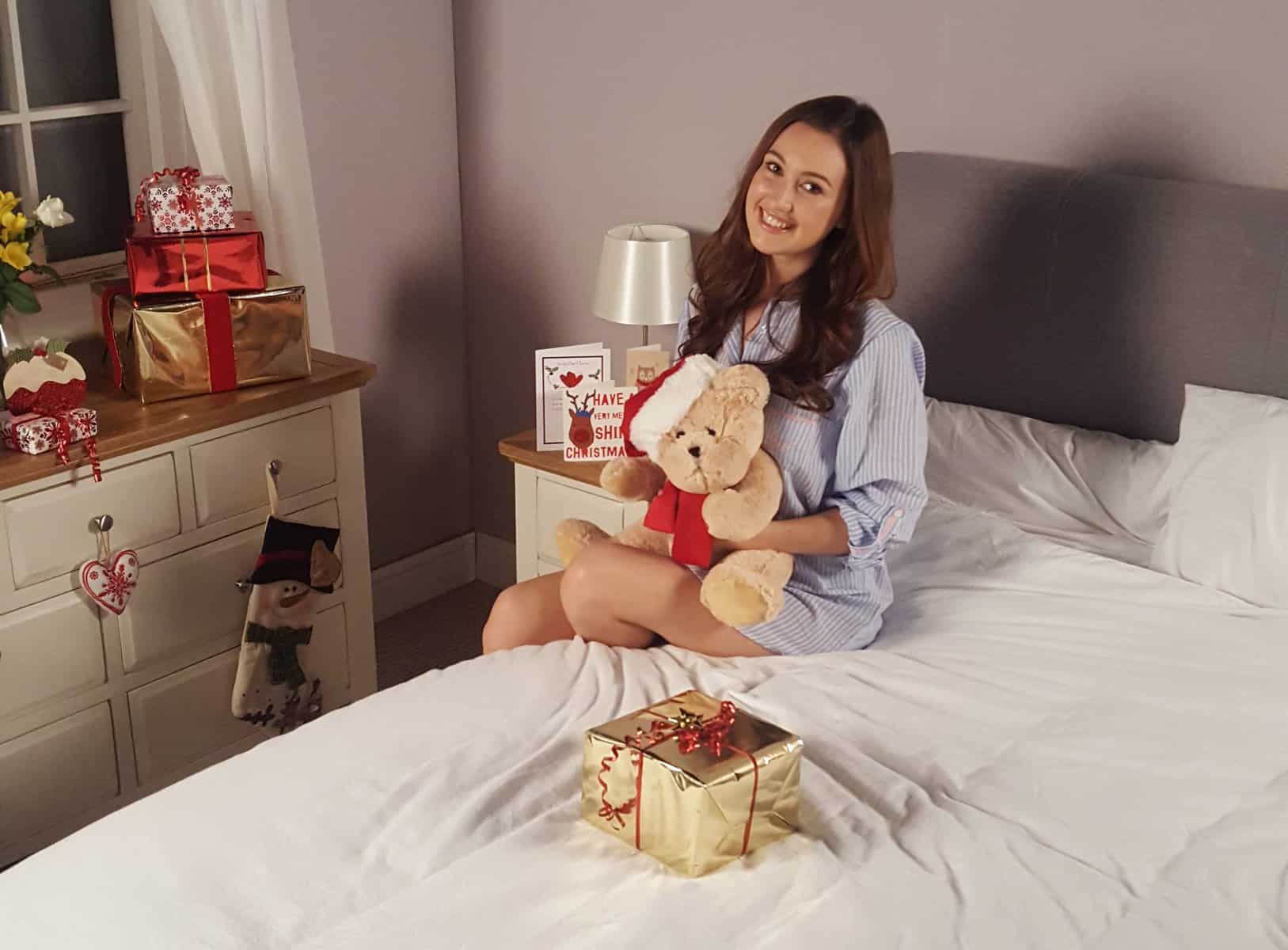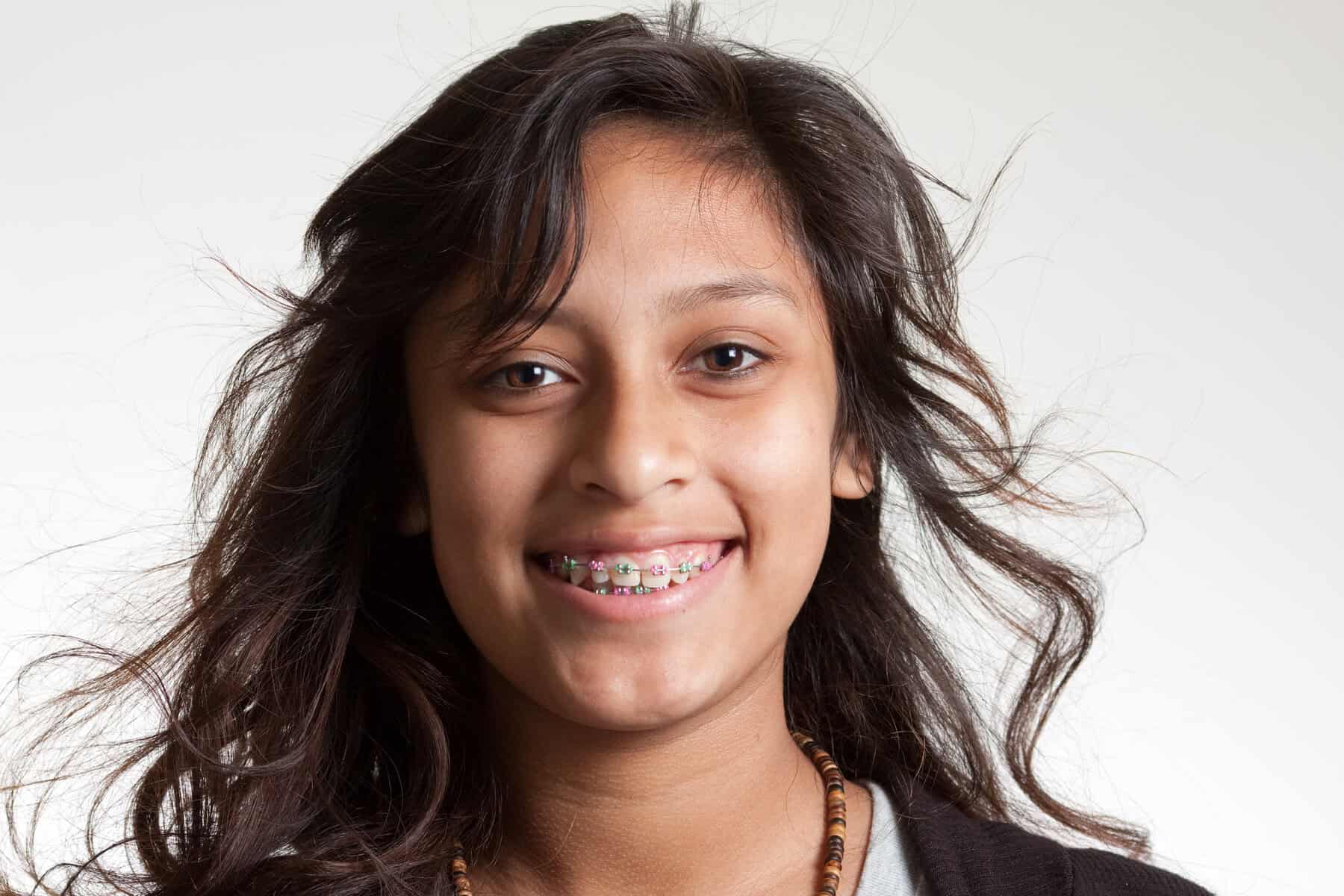We’ve all seen adverts on different platforms. They could be on social media, on the TV, in print or on the radio. Most are memorable and downright catchy, because that’s the objective. Adverts and campaigns all have goals, otherwise why invest in them? And that goal is to engage with whoever is watching, listening or reading. In short: whoever pays attention!
To make a campaign “great” depends on a few factors – some of which readers will know…even without knowing it.
Confused? You shouldn’t be! A lot of campaigns are blatant in getting their message across, whilst others are more subtle, relying on subliminal messages to engross the audience.
Trends evolve over time. It’s the job of marketing professionals working for a brand to keep up with the times. It’s a jungle out there, and brands need to be lions…
Let’s look at an example of an effective, straightforward campaign on, say, TV. We’ll fabricate a brand of kitchen cleaner – let’s call it “Jiffy Plus”. The advert is likely to make the brand the star of the show, showing it in use (i.e. in the kitchen). A model* is likely to use Jiffy Plus in the way it’s intended, whilst making one or two simple claims (e.g. “Kills 99.9% of germs” and “Can be used on all kitchen surfaces”). The viewer (potential customer) knows exactly where they stand. There are few gimmicks, stunts or tricks. Jiffy Plus is competing with other kitchen cleaners, and it doesn’t want to confuse customers. It’s a simple product that requires an uncomplicated campaign. *Yep, that’ll be a commercial model supplied by a reputable agency like us!
Compare this with a more suggestive piece of marketing. Let’s use a specific example of a well-known bank’s latest campaign – uploaded on YouTube and other social media platforms in February this year. We won’t mention the bank’s name, but its famous logo is a black horse. The advert – named “Drumbeat” – runs for one minute, and is set in leafy suburbia. Models are seen in a café, walking their dogs and riding bikes. A black horse then gallops through the environs, quickly followed by an assemblage of other black horses. As the horses stop in front of a group of people, a single horse shares a reflective connection with a young woman. The horses then continue their stampede through the town, with the woman looking on.
Now, what does this campaign say about the bank? There’s no mention of money, accounts, insurance, investments, mortgages or customer service – so why is it a great campaign?
For starters, the iconic black horse is instantly recognised – most viewers will know the name of the bank as soon as the first horse appears on screen. From then on, the campaign demonstrates a relationship with families and family life, confirming the bank’s commitment to everyday life. They’re subtly saying they understand family values and that they can be trusted by the “ordinary” customer. Though this campaign would probably be just as effective without any branding at all, the name of the bank and its slogan is revealed at the very end. Risky? Not really. It’s a great advert that has faith in its simplicity, subtlety and impact.
Other great campaigns can use direct comparisons with other similar brands (think: supermarkets claiming an average weekly grocery shopping is a third cheaper than its nearest competitor). Others have no or little relevance with the brand (think: car manufactures, who don’t need to state the car’s performance, colour, specifications, but rather rely on a stunningly-filmed commercial). Some campaigns depend on stirring viewers’ emotions, and some campaigns are silent. They all have a specific agenda, and they’ll all be researched and budgeted accordingly.
We have hundreds of clients who are experts at creating the perfect campaign. But they don’t have a steady stream of models in-house, and this is where we fit in. When clients approach us, they give us a brief and then it’s our job to put forward a selection of models for them to cherry pick.
Models are essential components in a lot of campaigns. They can depict “real” people or, conversely, act out a scene to represent someone else entirely. They can be manipulated (in a good way!), moulded, encouraged, directed and praised. There’s really no substitute to a great commercial model starring in a great campaign.
It’s a tried-and-tested formula which never fails to bring success. Just ask our clients!






